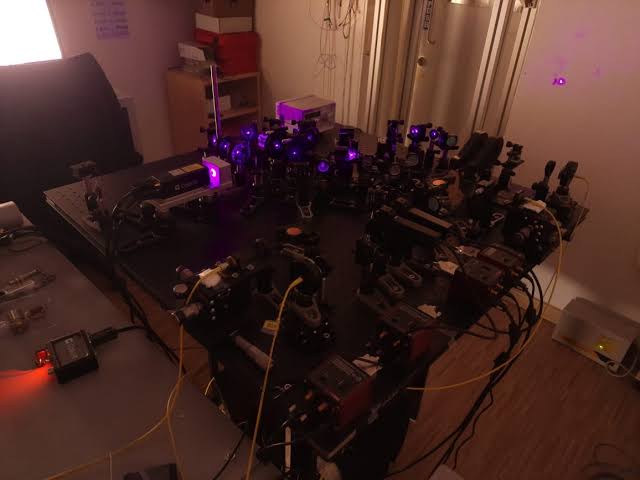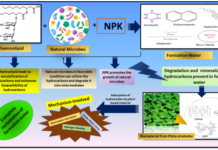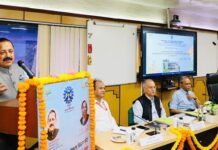02 JUN , Delhi: Scientists have devised a method to overcome distortion due to photon-polarization posed by the constant movement of satellites as well as scrambling of polarization in optical fibres and achieve secure long-distance communication without use of conventional active-polarization tracking devices which are costly.In this digital age, keeping one’s data secure is both a challenge and constant worry. With an increased usage of online services and payment gateways, personal data like Aadhar, PAN, phone numbers, photos, and all classified information remain highly vulnerable.In order to counter possible data breaches by miscreants and secure communication for both personal and strategic purposes like defence and national security, scientists at the Quantum Information and Computing (QuIC) lab at the Raman Research Institute (RRI) have come up with a solution. They have tried to solve the problem arising due to distortion of photon-polarization posed by the constant movement of satellites as well as scrambling of polarization in optical fibres, over large distances.QuIC lab has been long involved in developing the most secure, long-distance Quantum Key Distribution (QKD) protocol aimed at creating a globally secure quantum network imminent in our near future. This work is a continuation to the ongoing Quantum experiments using satellite technology, being done in collaboration with the Indian Space Research Organisation(ISRO) through the QuEST research grant.Towards developing secure communication using Quantum Key Distribution (QKD), researchers at RRI, an autonomous institute funded by the Department of Science and Technology (DST), have proposed an approach using a method to perform entanglement-based QKD called BBM92 QKD protocol. Using this approach, the need for having resource-intensive and complex conventional active-polarization tracking is negated, wherein all real-time polarization tracking is done by placing feedback-based mechanisms at regular intervals.
Home Ministry of Science & Technology Researchers devise a low-cost method to secure long-distance communication by overcoming distortions





